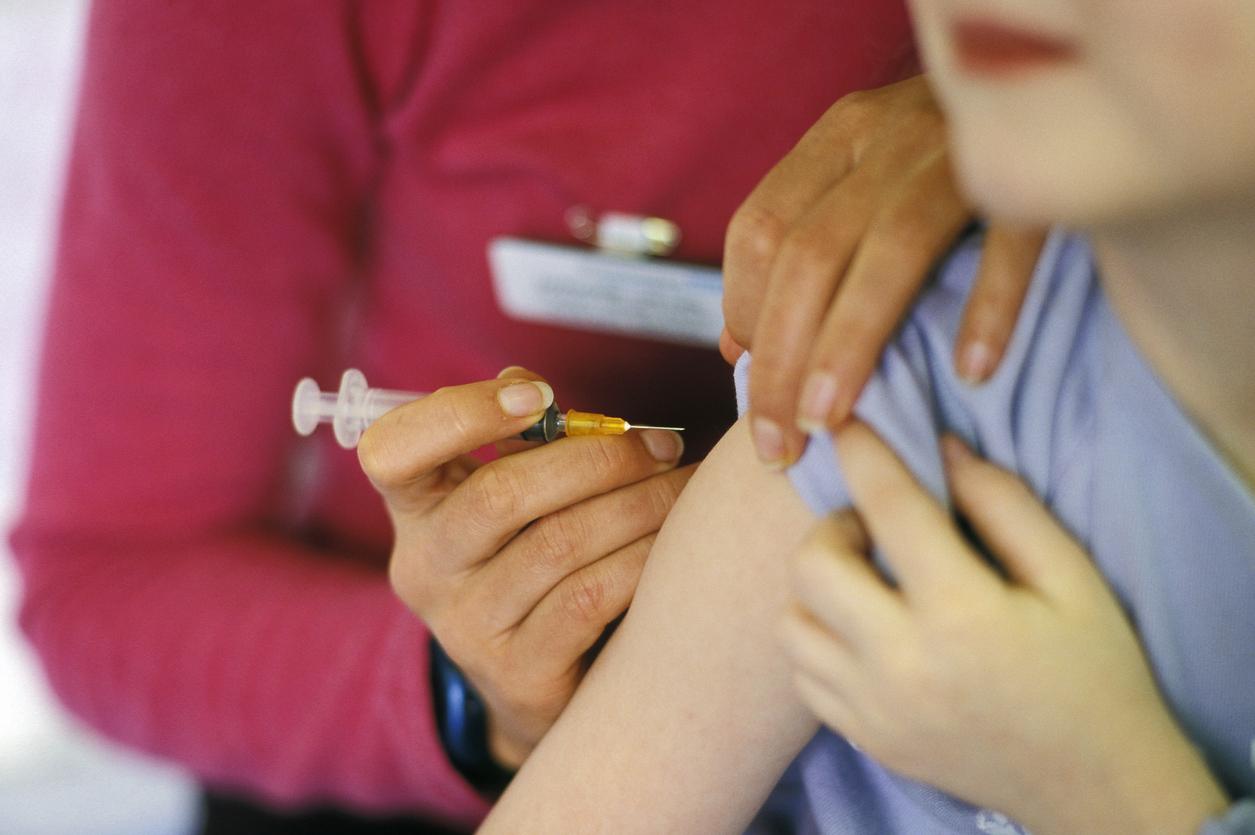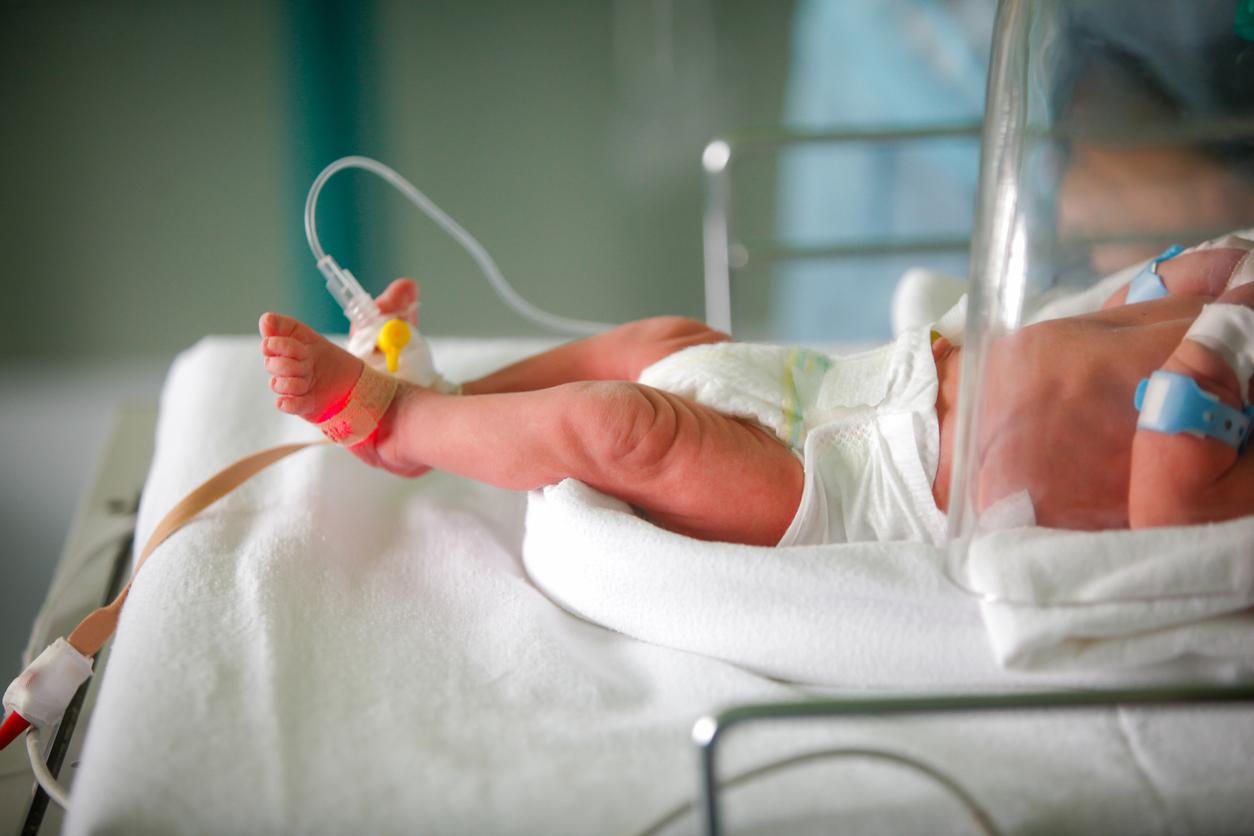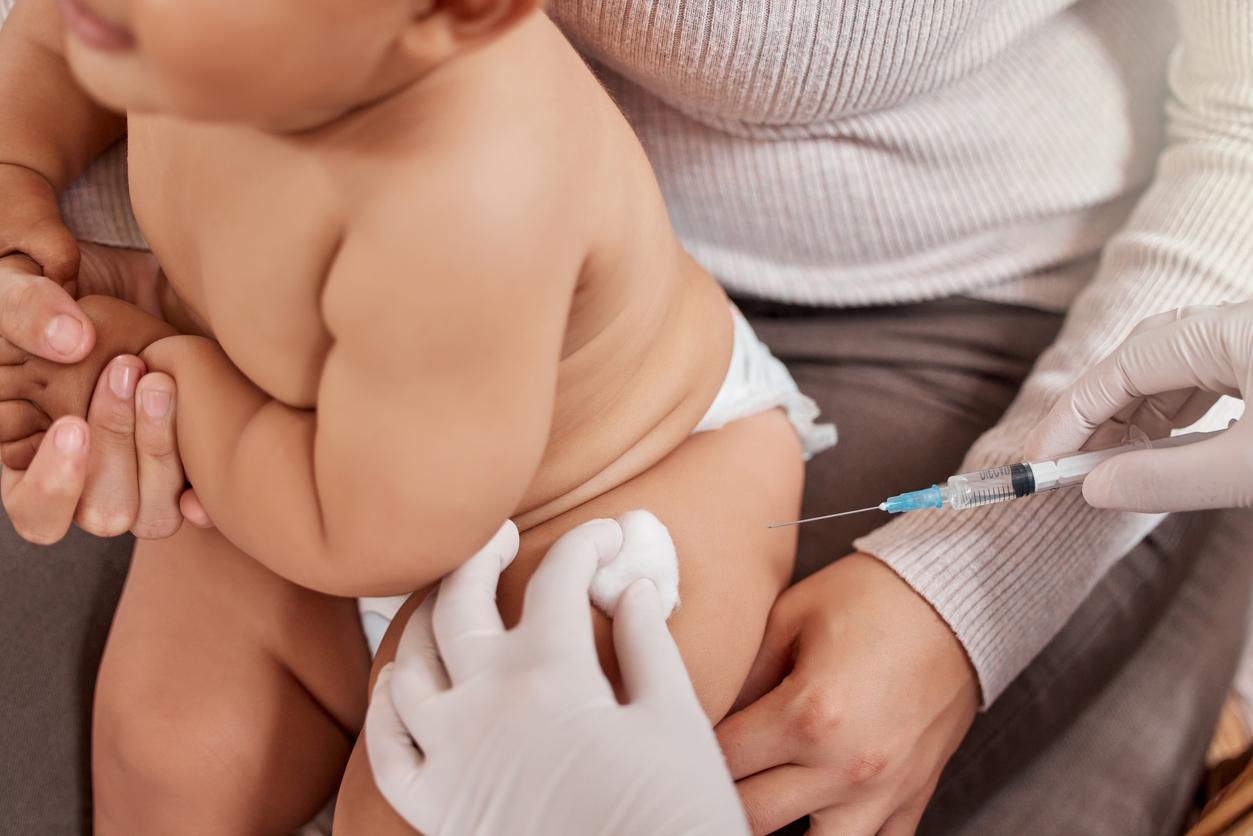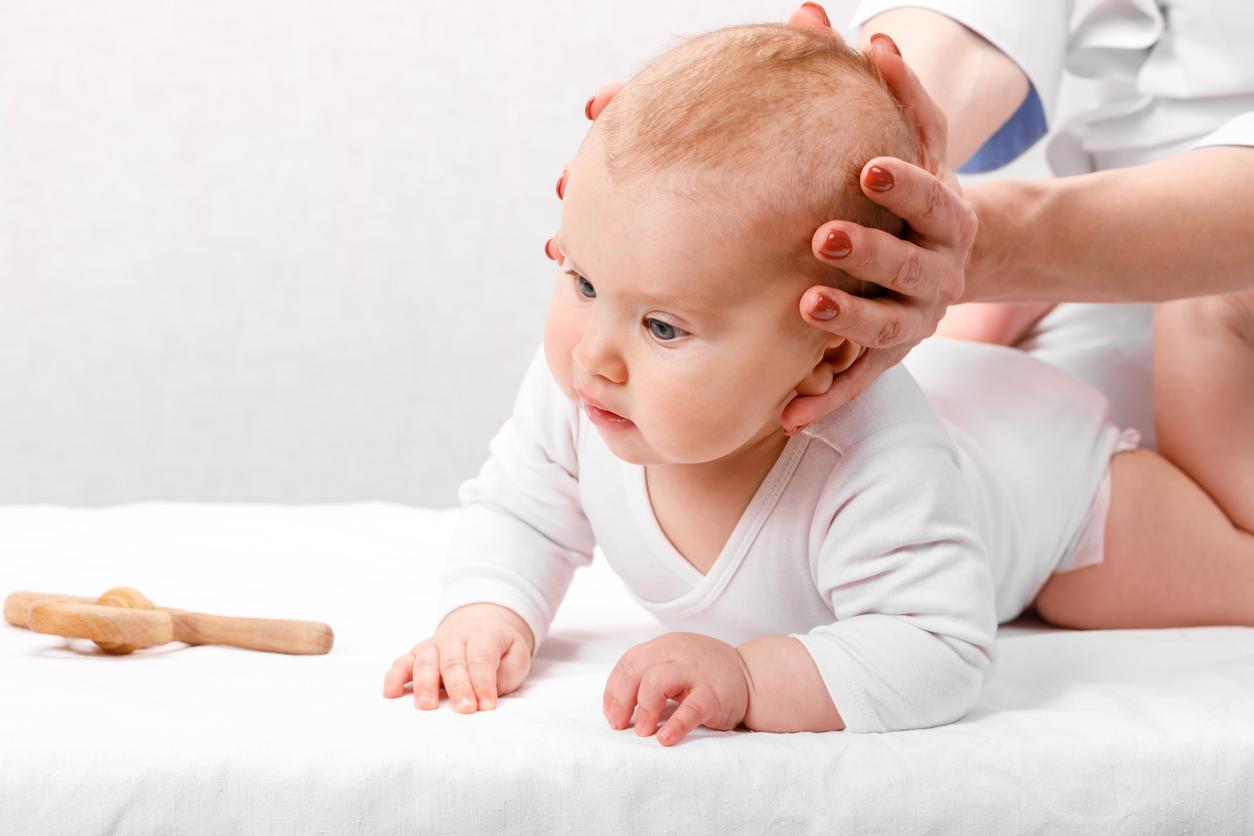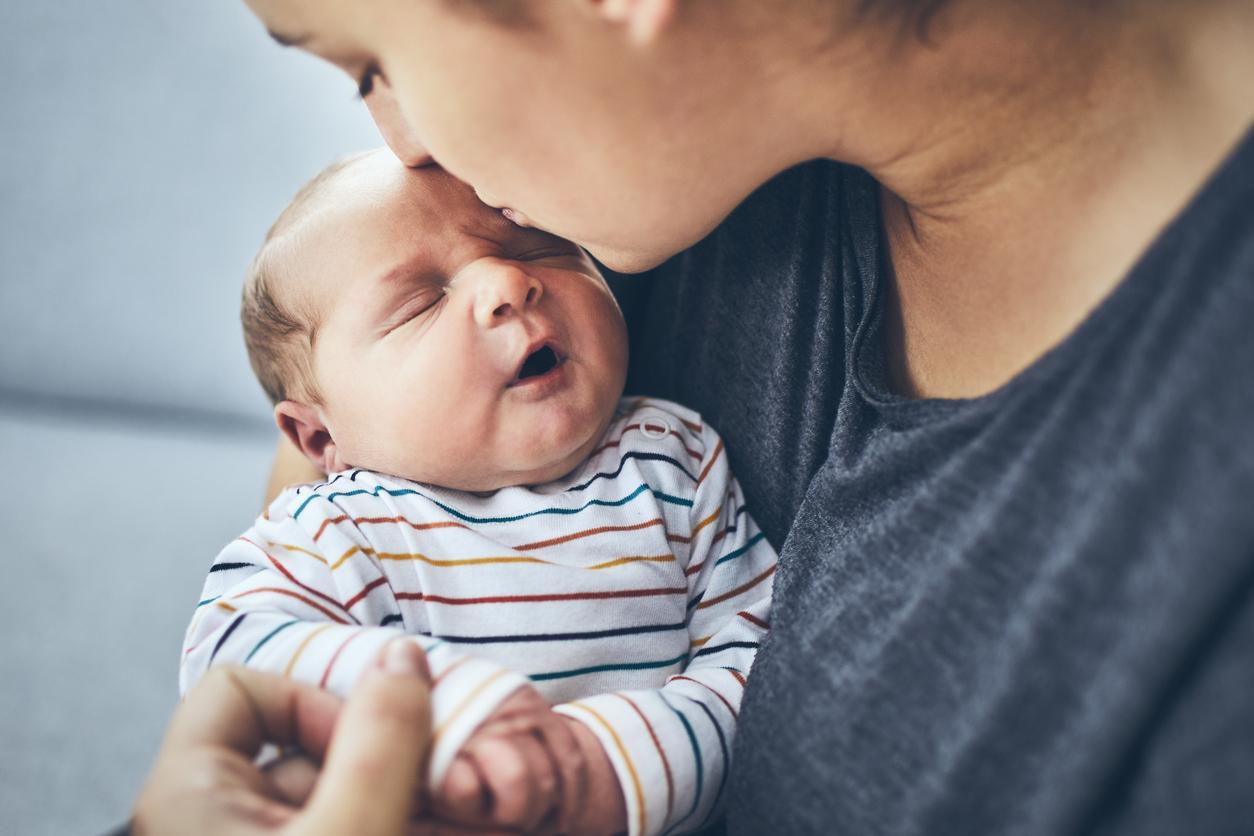Cardiac lesions of newborns quickly heal while adults, no. Researchers have discovered reason.

- The hearts of babies is able to regenerate when it presents lesions.
- Researchers have discovered that macrophages work differently in them than in adults.
- The discovered mechanism could help develop treatments to treat the consequences of heart attacks.
Babies who have cardiac complications at birth, manage to regenerate their hearts … Adults are not so lucky. By studying the healing of cardiac lesions in mice, Northwestern University researchers have managed to understand the phenomenon.
They detailed their discovery in the February 11 edition of the review Immunity.
Cardiac lesion in a baby: macrophages play an essential role in healing
Researchers compared the healing of heart damage to newborns and adult mice. They noted a size difference in the activity of macrophages, a type of white blood cell, when regenerating the heart fabric.
“In newborns, macrophages carry out a process called Efferocytosis, which consists in recognizing and eating dying cells. This process triggers the production of a bioactive lipid called thromboxan, which signals to neighboring cardiac muscle cells to divide and Allows the heart to regenerate the damaged heart muscle. of Thromboxane, which leads to a lower repair signal “explain the authors in a press release.
They notably noticed during their experience that the ability of macrophages to engulfs dying cells was improved in newborn baby mice thanks to the increased expression of Mertk. It is a receiver that recognizes dying cells. When the latter was inhibited among babies, the hearts of small rodents could no longer regenerate.

Heart crisis: towards improving treatments?
This highlighting of the healing processes of cardiac lesions in newborns – and more specifically the essential role of macrophages, Mertk receptor or thromboxane – could help improve the management of heart problems.
“Understand why newborns can regenerate their hearts while adults cannot open the door to the development of treatments that could” reprogram “adult macrophages”, explains the first author and corresponding co-author Connor Lantz of Northwestern University.
“By imitating the effects of thromboxan, we could one day improve the repair of tissues after a heart attack in adults”he adds.



